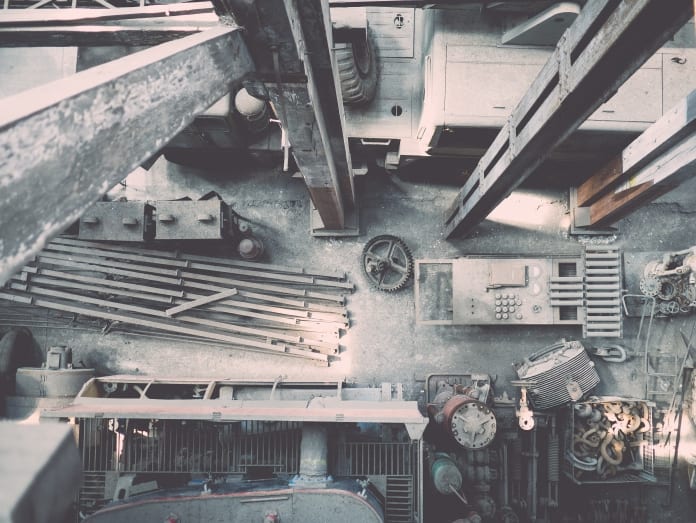Construction workers are at greater risk of onsite accidents in comparison to other industries. For example, they are more likely to experience a slip or fall, be hit by a falling object, experience a machinery malfunction, or endure a structural collapse, to name only a few risks.
While it might be tempting to cut corners on health and safety to reduce your outgoings, this will increase your company’s risk of onsite injuries. It is, therefore, essential to protect both your employees and the public from various dangers.
Read the five steps to improving your construction site’s health and safety.
Step 1: Provide the Appropriate PPE
Every construction firm must provide all employees with the appropriate personal protective equipment (PPE) for their needs, which could prevent major and minor injuries onsite, as well as fatalities.
For example, you must present your employees with:
- Helmets
- Safety goggles
- Ear protection
- Hi-vis jackets
- Knee pads
It is also imperative to review their PPE to ensure they are fit for purpose. If not, they must be replaced immediately to prevent onsite accidents or injuries.
Step 2: Erect Stable Scaffolding
It is critical that your employees erect stable scaffolding onsite and never embark on shortcuts. To prevent the risk of the structure collapsing, all scaffolding should be built on stable ground. All members of staff must also have received scaffolding safety training, which can prevent the likelihood of a slip or fall accident.
Step 3: Utilise Technology
There are numerous technologies you can incorporate into your operations to support your onsite health and safety. For example, you should install a Raidervision construction site alarm on your premises, which can prevent bored kids from attempting to break into the site and could otherwise lead to them injuring themselves on the dangerous equipment.
Construction sites could also provide mobile devices with a safety app, which can feature lifesaving features, such as a panic button and a man down non-movement alert.
Step 4: Ensure Safe Manual Handling
Lifting and pushing awkward, heavy objects can increase your employees’ risk of developing repetitive strain injuries and musculoskeletal disorders. If your construction staff need to lift, pull, push, lower, or carry various objects, you must ensure they are appropriately trained to do so.
What’s more, you can ensure safe manual handling tactics by providing your team with various lifting aids, such as:
- A forklift truck
- Wheelbarrows
- Electronic or hand-powered hoists
The correct training and equipment could slash workplace injuries, so it can provide a safer space for all your personnel.
Step 5: Routinely Inspect Tools and Equipment
Various construction employees will rely on a wide variety of tools and equipment each day. If a product is broken or faulty, they will have a greater risk of experiencing a serious injury onsite, such as the loss of a limb.
For this reason, it is crucial to routinely inspect your construction tools and equipment to spot any defects or malfunctions, which your staff must immediately stop using to avoid an unwanted accident.
Help keep news FREE for our readers
Supporting your local community newspaper/online news outlet is crucial now more than ever. If you believe in independent journalism, then consider making a valuable contribution by making a one-time or monthly donation. We operate in rural areas where providing unbiased news can be challenging. Read More About Supporting The West Wales Chronicle























